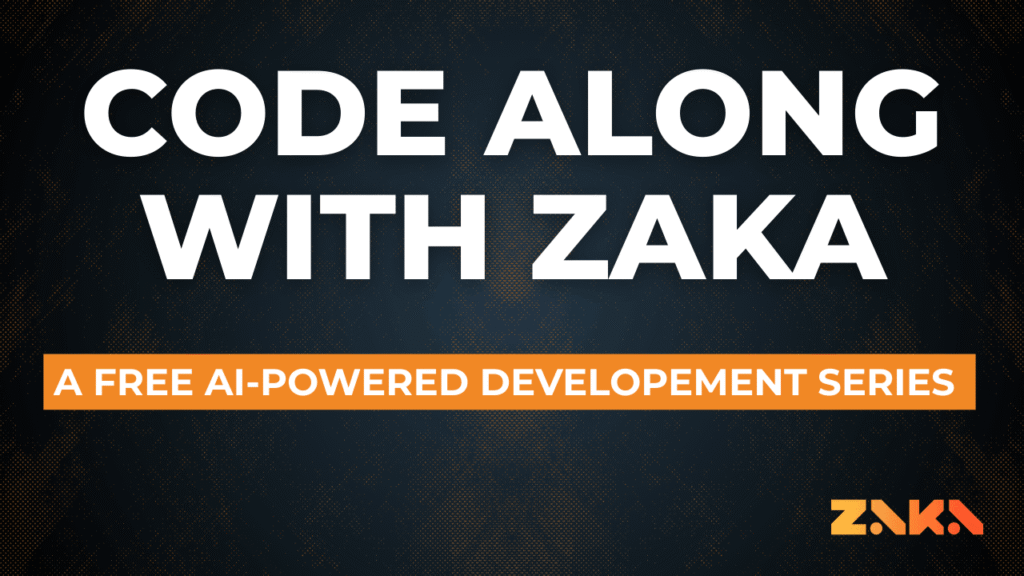
Artificial intelligence is evolving fast and ZAKA’s latest webinar series proves that learning AI doesn’t have to be passive. Across five immersive sessions, participants explored everything from medical imaging to no-code automation, fine-tuning large language models, and building smarter development workflows. Whether you’re a seasoned engineer or a curious student, this series offered something for everyone.
The series kicked off with a deep dive into computer vision, spotlighting the YOLOv10 architecture and its application in medical diagnostics specifically kidney stone detection.
What participants learned:
This session bridged the gap between AI and healthcare, attracting data scientists, ML engineers, and medical professionals alike.
Attendees left with practical skills and post-webinar resources to continue experimenting on their own.
Led by Ashraf Kaasamani, this session explored the art of customizing large language models. Participants got hands-on with the Llama 3-8B model, transforming it into a domain-specific assistant using the Yahma/Alpaca-cleaned dataset.
Key takeaways:
This episode resonated with developers, students, and researchers eager to push the boundaries of contextual AI.
It wasn’t just about code it was about crafting intelligence that understands nuance.
For those looking to simplify their workflows, Ashraf returned to host a session on Make.com a no-code platform that empowers users to automate tasks without writing a single line of code.
What was covered:
This session was a hit among entrepreneurs, professionals, and students who wanted to build smarter systems without diving into code.
Attendees received sample workflows and a quick-start guide to keep the momentum going.
Jean-Pierre Fakhry led a technical deep dive into fine-tuning DeepSeek-R1, a 1.5B parameter language model. Using LoRA (Low-Rank Adaptation), participants learned how to adapt large models efficiently.
Highlights included:
This session was ideal for ML engineers and educators looking to gain hands-on experience with cutting-edge fine-tuning techniques.
The interactive Q&A wrapped up the session with insightful exchanges.
Sary Mallak closed the series with a powerful session on integrating AI into software development workflows. This webinar showcased how Cursor AI and the OpenAI API can act as intelligent co-pilots for modern developers.
What participants built:
Designed for developers and tech enthusiasts, this session emphasized practical implementation.
Attendees left with the tools and confidence to bring AI into their daily coding routines.
Each webinar in this series emphasized hands-on learning, collaborative exploration, and practical outcomes. From medical imaging to language models and automation, ZAKA’s sessions proved that AI education can be both rigorous and accessible.
Whether you attended one session or all five, the series offered a roadmap for anyone looking to deepen their understanding of AI and apply it meaningfully in their field.
Ready to join the next wave of AI innovation? Stay tuned for future webinars and keep building.